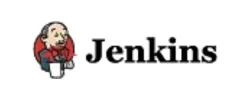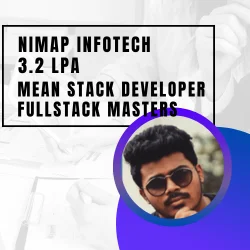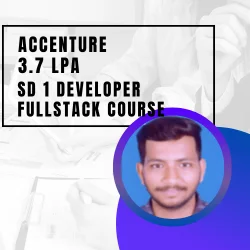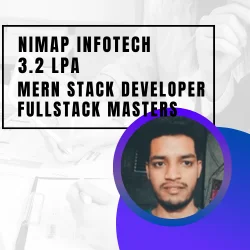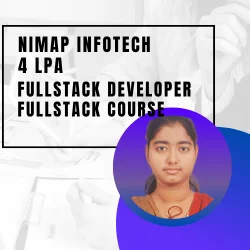Mastering Full-Stack Development with the Hotstar Clone Project
Our project, a clone of the renowned streaming platform Hotstar, is a dynamic application that stands as a testament to our Full Stack Developer course. This application, built from the ground up by our students, showcases their ability to create a fully functional web application. The source code for this Hotstar Clone, crafted using the MERN stack - MongoDB, Express.js, React.js, and Node.js, is readily accessible on our GitHub repository for reference.
The availability of our Hotstar Clone for download is a clear demonstration of the practical skills and knowledge our students have garnered. It emulates key features of Hotstar, such as streaming videos, user authentication, and user interactions. The Hotstar Clone, both the website and app, are developed using React.js, thus providing a seamless user experience akin to the original Hotstar platform.
Awdiz offers a comprehensive Full Stack Developer course that arms students with the necessary skills to build dynamic and responsive web applications like our Hotstar Clone. The curriculum covers a broad spectrum of topics, including front-end and back-end development, database management, and deployment. Our course structure emphasizes hands-on learning, with students working on real-world projects like the Hotstar Clone using React. The Hotstar Clone's React JS source code on our GitHub repository stands as a testament to the quality of our course, showcasing our students' ability to create a complex application like the Hotstar Clone using React and other technologies. By the end of the course, students are equipped to create similar applications, ready to tackle the challenges of the tech industry.








